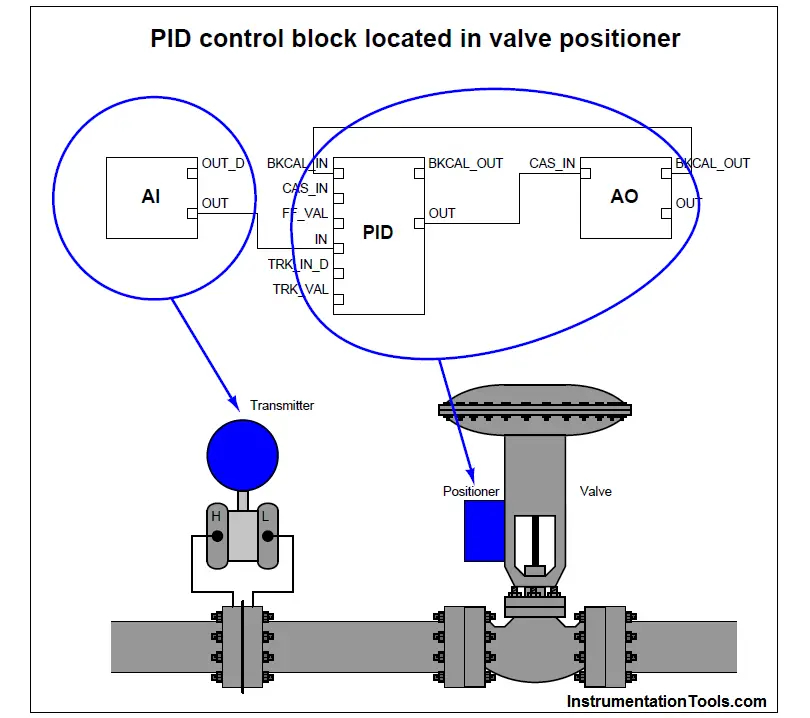


Ntelligent energy management strategy for cost optimization offers a new paradigm for energy users in Nigeria. This has made nonlinear controller selection and development the adopted control scheme for the long term goals of this project. However considering energy conservation with torque as the operative variable, the nonlinear backstepping controller outperformed both the PID and Lyapunov controllers. The Lyapunov controller outperformed both the standard PID in terms of no overshoot and also the nonlinear backstepping controller in terms of overshoot but performs poorly when rise time and steady state response time is considered. A first take at what constitutes good system response was made when response characteristics like rise time, settling time and peak overshoot were used. Satisfactory results were obtained in attitude tracking simulation experiments for the three controllers. It identifies and implements three different control laws on the quadrotor UAV model viz-a-vis PID, Lyapunov and nonlinear backstepping controllers. His paper focuses on the control policy/law development for a nonlinear model of a quadrotor unmanned aerial vehicle (UAV). Experimental tests were conducted to demonstrate the working of the PID control system and the results are presented. A LabVIEW application program is developed to compute, track the position and orientation of robot online. The PID based CLCS periodically checks and corrects the individual wheel speed online to place the robot in trajectory. Inertial errors affects the robot's programmed velocity which intrun causes the robot to deviate from the user defined trajectory. The PID control algorithm is developed for reducing the initial inertia error. This enables the online velocity tuning mechanism for the robots to drive in user defined trajectory. A firmware including a Proportional-Integral-Derivative (PID) control algorithm is developed. To overcome such errors a Closed Loop Control System(CLCS) driven robot is discussed in this paper. These OLCS based systems faces uncertainity errors on their tracjectory. In several mobile robotic applications the control systems implemented are Open Loop Control System(OLCS). As a ZigBee based RF transceivers are integrated on mobile robot and remote PC an online tracking and control system is established. The position and the orientation of mobile robot are estimated using the odometry unit. It includes an odometry unit attached to the rear wheels and ZigBee based RF transceivers. The mobile robot is built around an ARM7 based microcontroller LPC2129. PID Controller has been designed and incorporated into the differential drive mobile robot.


 0 kommentar(er)
0 kommentar(er)
